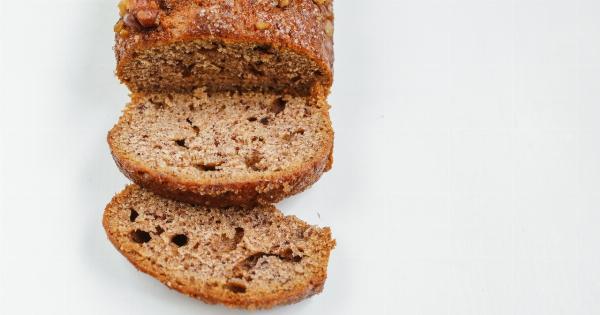The debate over whether to choose full-fat or low-fat milk is a long-standing one. Proponents of full-fat milk argue that it’s healthier, more filling, and tastes better than low-fat milk.
Those who prefer low-fat milk say it’s healthier, has fewer calories, and is better for people who are trying to lose weight.
What is full-fat milk?
Full-fat milk is the milk that’s left after the cream has been removed. It contains around 4% fat and is the most common milk found in grocery stores.
What is low-fat milk?
Low-fat milk, also known as skim milk or fat-free milk, is made by removing all the cream from the milk. It contains less than 1% fat and is a popular choice for people who are trying to reduce their overall calorie intake.
Benefits of full-fat milk
Full-fat milk is a good source of nutrients such as calcium, vitamin D, and potassium. It’s also more filling than low-fat milk, which means it can help people feel fuller for longer periods.
Additionally, full-fat milk is more flavorful and has a creamier texture, which is why many people prefer it over low-fat milk. Recent studies have also suggested that consuming full-fat dairy products, such as milk and cheese, could be linked to lower rates of obesity.
Drawbacks of full-fat milk
Full-fat milk is high in calories and saturated fat, which can increase the risk of heart disease and other health problems. If consumed in excess, full-fat milk can contribute to weight gain and obesity.
Benefits of low-fat milk
Low-fat milk is a good source of nutrients such as calcium, vitamin D, and potassium, just like full-fat milk.
However, since it contains less fat, it has fewer calories than full-fat milk, which can help people who are trying to lose weight or maintain a healthy weight. Low-fat milk can also help reduce the risk of heart disease and other health problems related to high saturated fat intake.
Drawbacks of low-fat milk
One of the main drawbacks of low-fat milk is that it can be less satisfying than full-fat milk. Since it contains less fat, it may not keep people feeling as full for as long as full-fat milk.
Additionally, some may argue that low-fat milk doesn’t taste as good as full-fat milk, due to its thinner consistency and lack of creaminess.
Which one should you choose?
The choice of whether to choose full-fat or low-fat milk ultimately depends on the individual’s health goals, personal preferences, and dietary restrictions.
If someone is trying to lose weight or reduce their overall calorie intake, low-fat milk is likely the better choice. However, if someone is looking for a more filling and flavorful option, full-fat milk may be the way to go. Additionally, those who have lactose intolerance or other dietary restrictions should consider the type of milk that works best for them.
The bottom line
The debate over full-fat vs. low-fat milk will likely continue for years to come. While both types of milk have their benefits and drawbacks, the choice ultimately comes down to the individual’s health goals and personal preferences.























